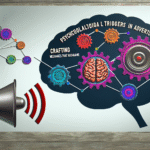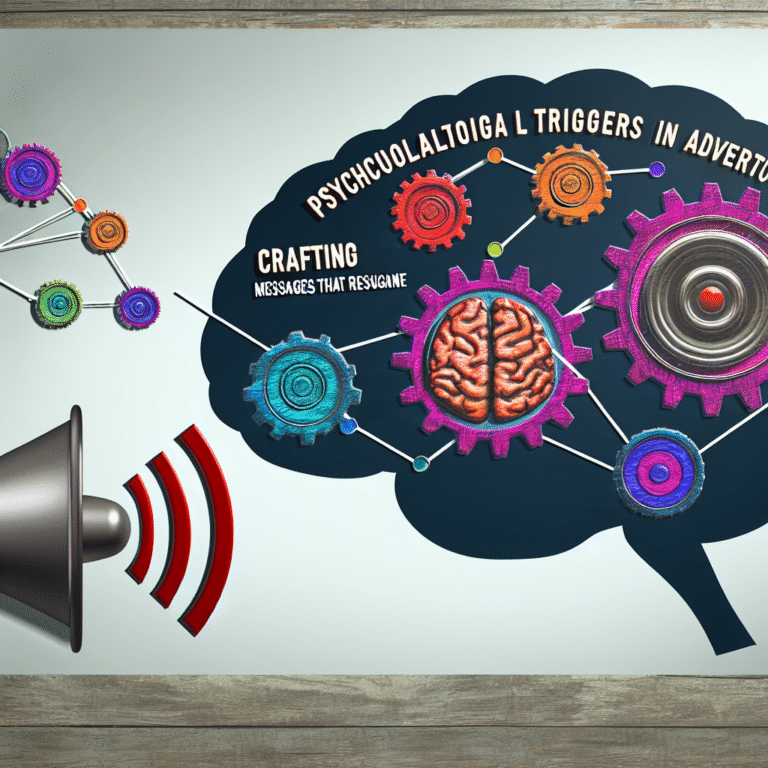
Introduction
What if the key to unlocking the path to healthier, more fulfilling relationships could be found in understanding a simple concept from childhood? Life experiences, particularly our first interactions with caregivers, shape how we connect with others throughout our lives. This is where attachment styles come into play. Understanding Attachment Styles: The Key to Healthier Relationships is not just a theoretical concept; it can be transformative for anyone seeking stronger bonds and emotional connections.
In this article, we will delve into the nuances of attachment styles, explore their origins, identify their various types, and learn how to harness this understanding to foster healthier relationships in our personal and professional lives. So grab a comfortable seat and let’s embark on this enlightening journey together.
The Foundation of Attachment Theory
Attachment theory, first developed by the British psychologist John Bowlby in the 1950s, posits that the bonds we form with primary caregivers in early childhood significantly influence our emotional and relational patterns as adults. Bowlby asserted that children who receive consistent and responsive care develop a secure attachment style, while those who face neglect or inconsistency may develop insecure attachment styles.
Case Study 1: Sarah’s Experience with Secure Attachment
Sarah was raised in a nurturing environment where her parents were consistently available and responsive to her needs. This secure attachment fostered her confidence and ability to form trusting relationships in adulthood. Whether in friendships or romantic partnerships, Sarah finds it easy to express her needs and seek support without fearing abandonment.
Through Sarah’s experience, we see that Understanding Attachment Styles: The Key to Healthier Relationships helps clarify how early dynamics can play out in adult life.
The Four Main Attachment Styles
1. Secure Attachment
Individuals with a secure attachment style feel comfortable with intimacy and are generally warm and loving. They are confident in their relationships, can communicate effectively, and are capable of handling conflicts constructively.
Key Characteristics:
- Trust in partners
- Openness to emotional exchange
- Awareness of emotional needs
2. Anxious Attachment
Those with an anxious attachment style often crave intimacy but fear abandonment. They may display clinginess or excessive worry about their partner’s commitment.
Key Characteristics:
- High sensitivity to relationship cues
- Fear of rejection
- Frequent need for reassurance
Case Study 2: John’s Anxious Attachment
John grew up with parents who were sometimes emotionally unpredictable. As an adult, he finds himself always worrying about his girlfriend’s feelings towards him. He frequently seeks validation and exhibits jealousy, straining the relationship. Understanding his anxious attachment can help John recognize his patterns and work towards healthier interactions.
3. Avoidant Attachment
Individuals with an avoidant attachment style value independence to the extent that they may reject emotional closeness. They often suppress their feelings and may distance themselves in relationships.
Key Characteristics:
- Difficulty expressing emotions
- Preference for self-reliance
- Fear of intimacy
Case Study 3: Lisa’s Avoidant Attachment
Lisa’s childhood was characterized by emotional distance. As an adult, she struggles with emotional intimacy and often retreats when her partner seeks closeness. By understanding her avoidant attachment, Lisa can begin to recognize the barriers she places in her relationships and work to dismantle them.
4. Disorganized Attachment
Disorganized attachment is a combination of anxious and avoidant styles. This often develops from chaotic and frightening family environments. Individuals may crave attachment but also fear connection, leading to erratic relational behaviors.
Key Characteristics:
- Conflicted feelings towards relationships
- Difficulty regulating emotions
- Unpredictable behaviors
Case Study 4: Mike’s Disorganized Attachment
Mike grew up in an unstable household where love was often associated with fear. Now, as he navigates adult relationships, he finds himself oscillating between wanting closeness and pushing partners away. Understanding Attachment Styles: The Key to Healthier Relationships provides Mike with insight into his behavior, presenting a roadmap for healing.
Why Understanding Your Attachment Style Matters
Recognizing your attachment style is crucial in developing healthier relationships. Knowledge leads to awareness, which can foster positive change. By understanding Understanding Attachment Styles: The Key to Healthier Relationships, individuals can:
- Identify behavioral patterns that may be detrimental to their relationships.
- Communicate their needs more effectively to partners or friends.
- Foster empathy towards partners who may have different attachment styles.
The Dance of Attachment Styles
It’s vital to note that attachment styles often interact in relationships, influencing one another’s behaviors. For instance, an anxious partner may exacerbate an avoidant partner’s tendencies to withdraw.
Table: Attachment Styles Interaction
| Anxious Partner | Avoidant Partner |
|---|---|
| Seeks closeness | Withdraws, fearing intimacy |
| Requires reassurance | Feels overwhelmed by demands |
| Experiences heightened anxiety | Displays emotional distance |
Understanding these dynamics can lead to greater compassion and a willingness to adapt and compromise. Understanding Attachment Styles: The Key to Healthier Relationships resides in recognizing and addressing these dynamics.
Steps to Cultivating Healthier Relationships
Now that we have explored the intricacies of attachment styles, let’s focus on actionable steps to nurture healthier relationships.
1. Self-Reflection
Start by reflecting on your own attachment style. Journaling about past relationships and parental influences can provide insights into your current behaviors and patterns.
2. Open Communication
Communicate openly with partners about attachment styles and needs. This fosters understanding and facilitates healthier relational dynamics.
3. Active Listening
Practice active listening by paying full attention to your partner’s concerns. This can help you understand their attachment style and how best to support them.
4. Seek Professional Guidance
Sometimes, an outside perspective can help navigate complex attachment issues. Couples therapy or individual counseling can provide tools to manage attachment-related concerns.
5. Foster a Secure Environment
Create a supportive and nurturing environment in your relationships. Be consistent, reliable, and responsive, fostering security for both you and your partner.
Conclusion
Navigating the complexities of relationships can be daunting, but Understanding Attachment Styles: The Key to Healthier Relationships opens the door to greater insight and healing. By learning about the attachment styles and how they affect interpersonal dynamics, we can make conscious choices to improve our connections.
It is never too late to redefine how we engage with others. Take the first steps today towards embracing awareness and fostering emotional security. Every effort you make in understanding your attachment style and that of others creates a ripple effect towards healthier relationships, transforming not only your connections but enhancing your overall well-being.
FAQs Section
1. What are the different types of attachment styles?
The four main attachment styles are secure, anxious, avoidant, and disorganized. Each style reflects a different approach to relationships based on early experiences with caregivers.
2. Can attachment styles change over time?
Yes, attachment styles can evolve with new experiences, therapy, and self-awareness. Understanding your attachment style provides a starting point for growth.
3. How can I determine my attachment style?
Reflecting on past relationships, how you react to intimacy, and your emotional responses can help identify your attachment style. Online quizzes and therapy can also offer insights.
4. Can attachment styles affect friendships?
Absolutely! Just as with romantic relationships, attachment styles influence how we connect, communicate, and trust our friends, impacting the quality of those relationships.
5. What steps can I take to improve my attachment style?
Self-reflection, therapy, open communication with partners, and creating nurturing environments are essential steps for improving your attachment style and enhancing your relationships.
By dedicating time to Understanding Attachment Styles: The Key to Healthier Relationships, you embark on a journey of self-discovery and improved interpersonal connections, enriching every aspect of your life.

















